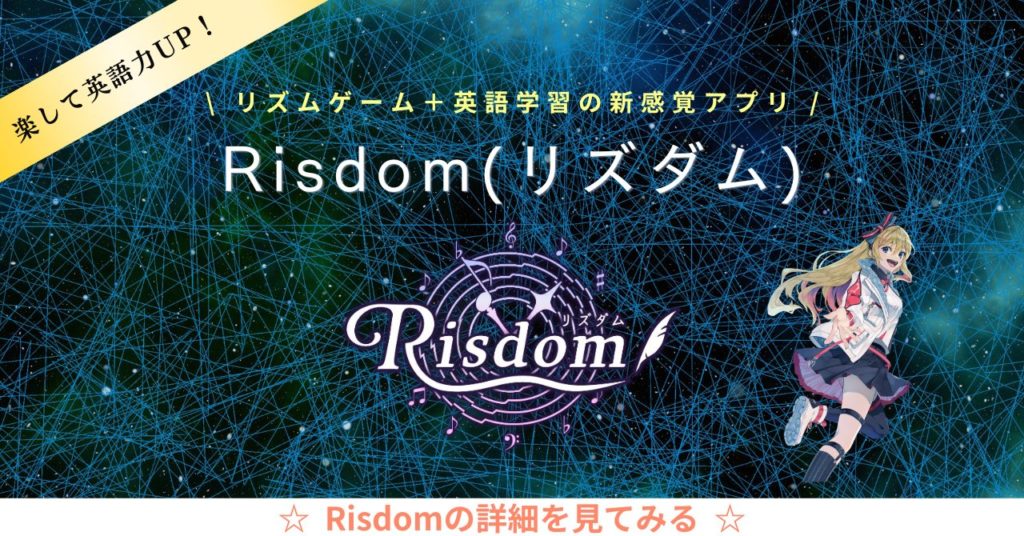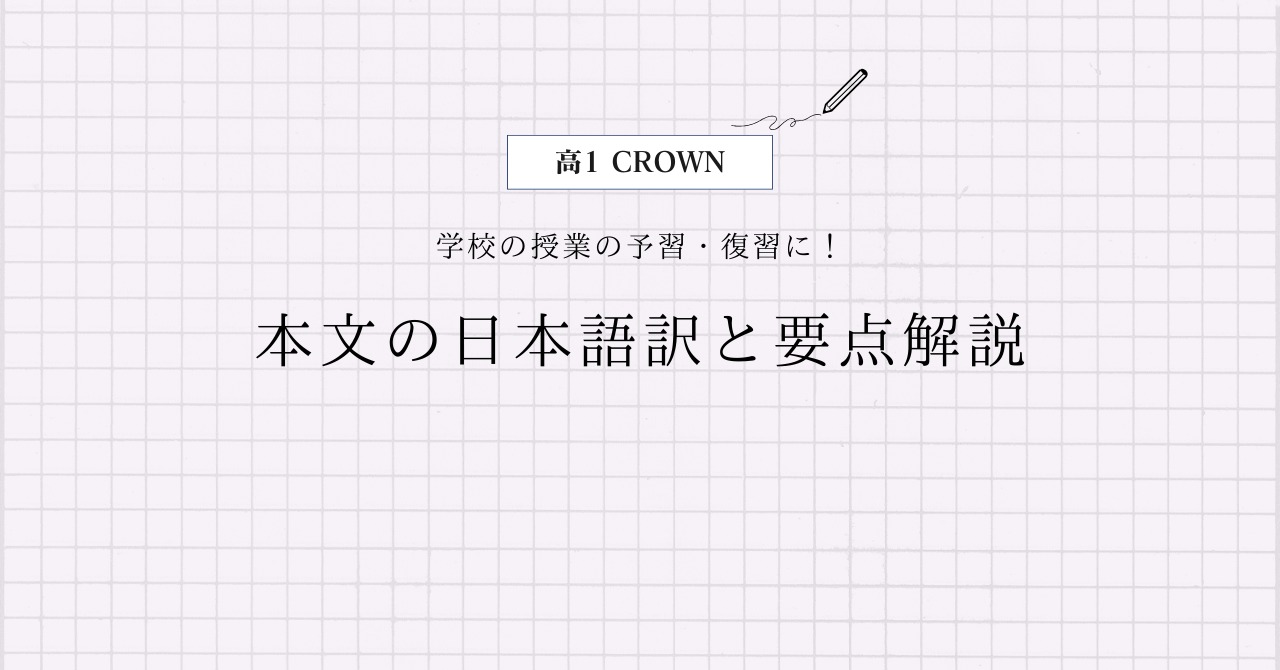三省堂 高1CROWN English Communication1 Lesson9 Section3の本文の日本語訳と重要箇所の解説です。
Section9-1, 9-2, 9-4の解説はこちらからご覧ください。
>高1CROWN English Communication1 Lesson9 Section1 本文和訳
>高1CROWN English Communication1 Lesson9 Section2 本文和訳
>高1CROWN English Communication1 Lesson9 Section4 本文和訳
- CROWN English Communication1 Lesson9 Section3 本文と日本語訳
- CROWN English Communication1 Lesson9 Section3 重要事項の解説
- The British Museum welcomed the delegation and discussed their proposal.
- In the end, the museum offered to let Hoa Hakananai’a return, but only as a loan.
- They refused to give it back permanently.
- The museum did not deny that the moai had been taken without the islanders’ permission, so why didn’t they immediately agree to return it?
- From the point of view of the museum, there are good reasons to keep the statue.
- Since Easter Island does not have the security and controlled environmental conditions that the British Museum has, the statue is safer in London.
- The statue can now be seen by many more people than on a remote island.
- Scholars have easier access to the statue.
- Moreover, some people argue that the moai deserves to be a world heritage object.
- These reasons make sense.
- However, the fact remains that Hoa Hakananai’a was taken without permission and is still held against the people’s will.
- So, many people – not only the Rapa Nui – question the museum’s reasoning.
- CROWN English Communication1 Lesson9 Section3 まとめ
CROWN English Communication1 Lesson9 Section3 本文と日本語訳
The British Museum welcomed the delegation and discussed their proposal.
「大英博物館は代表団を歓迎して、彼らの提案について議論しました。」
In the end, the museum offered to let Hoa Hakananai’a return, but only as a loan.
「最後には、博物館はホア・ハカナナイアを返却すると提案しましたが、あくまでローンとしてでした。」
They refused to give it back permanently.
「彼らは永続的に返すことを拒みました。」
The museum did not deny that the moai had been taken without the islanders’ permission, so why didn’t they immediately agree to return it?
「博物館は、モアイが島民の許可なしで持って行かれたことは否定しませんでした。ではなぜすぐに返すことに同意しなかったのでしょうか?」
From the point of view of the museum, there are good reasons to keep the statue.
「博物館の立場からすると、像を保管するのに良い理由があるのです。」
Since Easter Island does not have the security and controlled environmental conditions that the British Museum has, the statue is safer in London.
「イースター島には大英博物館にあるような警備と管理された環境条件がないので、ロンドンにいる方が像は安全です。」
The statue can now be seen by many more people than on a remote island.
「今、像は離島にあるよりもさらに多くの人に見てもらうことができます。」
Scholars have easier access to the statue.
「学者は像をより簡単に調べられます。」
Moreover, some people argue that the moai deserves to be a world heritage object.
「さらに、モアイは世界遺産になるに値すると主張する人もいます。」
These reasons make sense.
「これらの理由は筋が通っています。」
However, the fact remains that Hoa Hakananai’a was taken without permission and is still held against the people’s will.
「しかし、ホア・ハカナナイアは許可なしに持って行かれて、いまだに人々の意思に反して所有されているという事実には変わりありません。」
So, many people – not only the Rapa Nui – question the museum’s reasoning.
「だから、ラパ・ヌイの人々だけでなく多くの人々は、博物館の論理を疑問に思っています。」

CROWN English Communication1 Lesson9 Section3 重要事項の解説
The British Museum welcomed the delegation and discussed their proposal.
“the British Museum”は「大英博物館」、“delegation”は「代表団、派遣団」、“proposal”は「提案」といった名詞です。
“welcome“は「を歓迎する」、“discuss”は「を議論する」という動詞ですね。
In the end, the museum offered to let Hoa Hakananai’a return, but only as a loan.
“in the end”は「最後には、結局」といった表現です。
“museum”は「博物館、美術館」、“loan”は「ローン、貸付」という名詞ですね。
“offer”は「を申し出る、提案する」、“return”は「戻る、を返却する」という動詞で、“let 名詞 動詞の原形”は「名詞が~するのを許す、名詞に~させてあげる」という意味になります。
“to let”は「不定詞の名詞的用法」になっています。
この文は直訳すると「博物館はホア・ハカナナイアが戻るのを許可すると提案した」となりますが、少し回りくどいので変えています。
副詞の“only”は「あくまで」と訳しました。“as”は「~として」という前置詞ですね。
They refused to give it back permanently.
“They”は“the museum”を、“it”は“Hoa Hakananai’a”を指しています。
“refuse”は「を拒む」という動詞で、“give A back”は「Aを戻す」という意味になります。
“to give”は「不定詞の名詞的用法」になっていますね。
“permanently”は「永続的に、永久に」という副詞です。
The museum did not deny that the moai had been taken without the islanders’ permission, so why didn’t they immediately agree to return it?
“deny”は「を否定する」という動詞で、後ろには「接続詞that」がありますね。
“taken”は“take(を持って行く、連れて行く)”の過去分詞形で、ここでは「過去完了」と「受動態」が組み合わされています。
“without”は「~なしで」という前置詞で、“islander”は「島民」、“permission”は「許可」という名詞になります。
名詞に‘sを付けると「~の」という所有を表します。
直前の名詞が複数形のときは” teachers‘ “のようにアポストロフィーだけを最後に付けます。
接続詞の“so”は「では」と訳しました。
“they”は“The museum”を、“it”は“Hoa Hakananai’a”を指していて、“agree to 動詞の原形”は「~することに同意する」という意味ですね。
From the point of view of the museum, there are good reasons to keep the statue.
“from the point of view of~”は「~の観点から、立場から」という重要表現です。
また、この文は「there構文」になっていますね。
“reason”は「理由」、“statue”は「像」という名詞で、“keep”は「を保つ、保管する」といった動詞になります。
Since Easter Island does not have the security and controlled environmental conditions that the British Museum has, the statue is safer in London.
“since”は「~だから」という、“because”と同じ意味の接続詞です。
“Easter Island”は「イースター島」、“security”は「警備、安全」、“condition”は「状態、状況、条件」という名詞になります。
“controlled”は「管理された、制御された」、“environmental”は「環境の」という形容詞です。
“safe”は「安全な」という形容詞で、ここでは「比較級」になっていますね。
The statue can now be seen by many more people than on a remote island.
この文は助動詞“can”と「受動態」がセットになっていますね。
“many more 複数名詞”で「さらに多くの~」という意味になります。
“than”は「~よりも」という接続詞で、後ろには“the statue is on a remote island”が続きます。
“remote”は「人里離れた、遠い」という形容詞、“island”は「島」という名詞で、合わせて「離島」となります。
Scholars have easier access to the statue.
“scholar”は「学者」という名詞、“easy”は「簡単な」という形容詞で、ここでは「比較級」になっていますね。
“have access to~”は「~にアクセスできる、を利用できる」という表現で、今回は「調べられる」と意訳しました。
Moreover, some people argue that the moai deserves to be a world heritage object.
“moreover”は「さらに、そのうえ」という副詞です。
“some”は「いくつかの」といった形容詞ですが、「~もいる、ある」くらいで訳すときれいな日本語になりやすいですよ。
“argue”は「を主張する」という動詞で、後ろには「接続詞that」がありますね。
“deserve”は「にふさわしい、に値する」という動詞で、“to be”は「不定詞の名詞的用法」になっています。
“world heritage”は「世界遺産」、“object”は「物、物体」という名詞です。ただ、今回は「世界遺産」とだけ訳しました。
These reasons make sense.
“these”は“this”の複数形で,「これらは(の)」といった意味になります。
“make sense”は「納得がいく、筋が通っている」という表現ですね。
However, the fact remains that Hoa Hakananai’a was taken without permission and is still held against the people’s will.
“however”は「しかし」という意味の副詞になります。
同じ意味で“but”がありますが,こちらは接続詞なので品詞が異なります。“but”は“文A,but 文B”というように,2つの文を繋ぐ際に使います。
“文A. But 文B.”というように,“but”を文の先頭に置いて1文だけで完結させるのは原則NGとなります。
“fact”は「事実」という名詞で、“remain”は「~のままである、残っている」という動詞で、“fact remain that~”で「~という事実に変わりはない」という意味になります。
“was taken”と“is held”は「受動態」で、“held”は“hold(を掴む、を開催する、を保持する)”という動詞の過去分詞形ですね。
“still”は「まだ、いまだに」という副詞、“against”は「に反対して」という前置詞、“will”は「意思」という名詞になります。
So, many people – not only the Rapa Nui – question the museum’s reasoning.
“not only~”は「~だけでなく」という重要表現です。
“question”は「に質問する、を疑問に思う」という動詞で、“reasoning”は「論理、根拠」といった名詞になります。
CROWN English Communication1 Lesson9 Section3 まとめ
以上がCROWN English Communication1 Lesson9 Section3の日本語訳となります。
「不定詞」「使役動詞」などの使い方をしっかり確認しておきましょう!
>高1CROWN English Communication1 Lesson9 Section1 本文和訳
>高1CROWN English Communication1 Lesson9 Section2 本文和訳
>高1CROWN English Communication1 Lesson9 Section4 本文和訳
何か分からない点や他に解説してほしい点があれば,お気軽にコメントしてください!



コメント